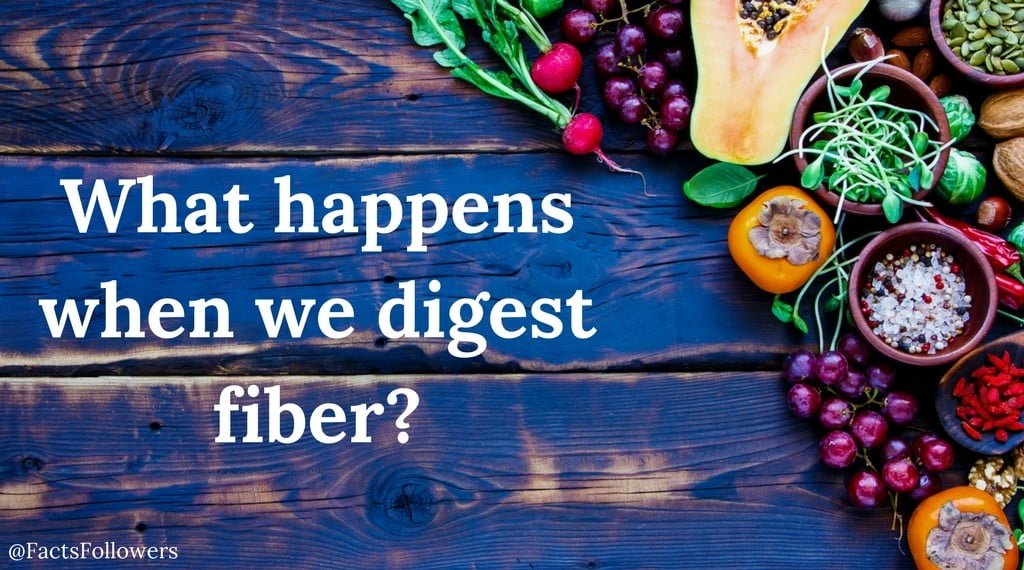If I were to go out and do a Jimmy Kimmel-esque Pedestrian Question on why fiber is good for us, I’ve got a few guesses on how it would go:
“Fiber keeps you regular (hehe)”
“I think fruits and vegetables have a lot of it?”
“It feeds our gut”
“You’re the dietitian, aren’t you supposed to be the one telling me?”
All of these responses would technically be correct – including the last one (and yes, that’s a large part of my day job). We’ve recently written about the basics of fiber and its many health benefits, including lowering cholesterol, blood glucose control, weight management, and yes, constipation relief. But exactly how does a nutrient that we’re not even able to digest play such a big role in our health?
A large part of the answer lies in our microbiome. Right now, every one of us has billions of bacteria living in us and on us (sorry if you’re in the middle of lunch right now). Most of these are concentrated in our lower digestive tract, known as the colon. And ongoing research is coalescing around the idea that some of fiber’s benefits aren’t delivered directly to our bodies, but are mediated by our gut bacteria.
Humans are total pros at breaking down fats, protein, and many forms of carbohydrates. But we’re not great at metabolizing fiber – we just don’t have the right enzymes. So while the rest of our food is being digested and absorbed along the gastrointestinal tract, fiber passes through essentially unchanged until it hits the colon. There it’s broken down by many types of bacteria that use fiber for their food supply. We humans are then gifted with the byproducts of this bacterial feast, which are called short-chain fatty acids (SCFAs). The cells lining our colon use SCFAs as fuel, so getting enough fiber contributes to keeping our gut healthy and happy. SCFAs and other metabolites released by gut bacteria also enter the bloodstream and travel to other organs, where they can act as signals to communicate with the brain as well as regulate the immune system and inflammation.
So what happens when we don’t get enough fiber? Well, we happen to have a great case study of this situation: the standard American diet. Study after study confirms that the average American eats only half of the amount of fiber recommended by the National Academies of Science, Engineering, and Medicine (about 25 grams per day for women and 38 grams for men). Compared to populations that traditionally eat a high-fiber diet, the microbiome of U.S. adults is less diverse and may be more prone to imbalances in beneficial versus potentially harmful bacteria. These changes are associated with conditions like obesity and type 2 diabetes.
The good news is that it isn’t hard to bump up your fiber intake. Simple changes, like eating an apple and a piece of whole wheat toast with peanut butter for breakfast instead of a cold-pressed juice, or adding beans to a vegetable soup at lunch, can get us on track to meeting daily fiber goals. Since there are many kinds of dietary fiber with different health benefits and some bacteria may prefer one type over another, it’s important to diversify sources of fiber in your diet. Eating a variety of fruits, vegetables, whole grains, and legumes throughout the day supports a healthy, diverse microbiome, who will then repay the favor for us. If we eat well, our gut bacteria eat well, and we’re more likely to be well – everybody wins!
